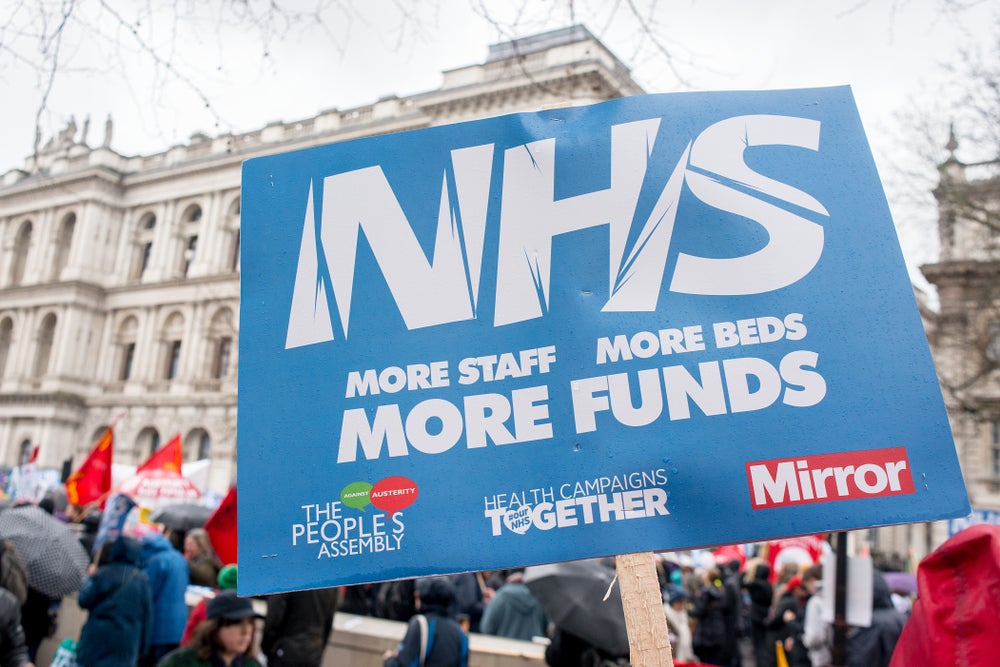
The UK government has announced an investment of £30m ($36m) in medical technology to relieve pressure on the National Health Service (NHS).
According to the government, the funding will be used to enhance patient care, reduce waiting lists, accelerate diagnoses, and deliver new methods for treating patients.
The funding will encourage the adoption of technologies, including virtual wards for remote patient care and wearable devices for monitoring chronic conditions from the comfort of one’s home.
Virtual wards have already made a significant impact relieving the NHS, with over 9,800 virtual ward beds already in use, and a further 10,000 virtual ward beds to be delivered before winter.
Praising the adoption of virtual wards, Dr Vin Diwakar NHS interim national director of transformation said: “The NHS’s world-leading ability to adopt new technology has already helped more than 210,000 patients be treated in their own homes through the rollout of virtual wards, and this new funding will allow the health service to adopt more innovations that improve patient care and reduce pressure on wider services.”
Integrated care systems (ICSs) across England will have the opportunity to apply for funding from the Department of Health and Social Care (DHSC) and NHS England (NHSE). With applications expected to open in October.
“We’re preparing for this winter earlier than ever before including delivering thousands more hospital beds and hundreds of new ambulances,” said Health and Social Care Secretary Steve Barclay.
“This investment will see the latest tech innovations rolled out across the NHS. From virtual ward beds to wearable medical devices, patients will be better supported, and we will ease pressures on hospitals this winter.”
Some of the funds will be used towards wearable medical devices designed for home use, facilitating the monitoring of vital signs such as blood oxygen levels, heartbeat, and blood pressure. The investment also opens doors for advancements in diagnostic tests through the integration of digital 3D and other imaging technologies.
Additionally, the funding can be directed towards wearable medical devices designed for home use, facilitating the monitoring of vital signs such as blood oxygen levels, heartbeat, and blood pressure. These devices can play a vital role in diagnosing and managing various chronic conditions, offering patients greater control over their health.
Despite this announcement the public and healthcare industry called the funding “crumbs” compared to the £680m ($824m) unified tech fund from two years ago.
This initiative builds on the £21m ($26.7m) artificial intelligence (AI) diagnostics fund, focusing on the rapid implementation of AI technology for diagnosing and treating conditions such as cancer, stroke, and heart conditions.



